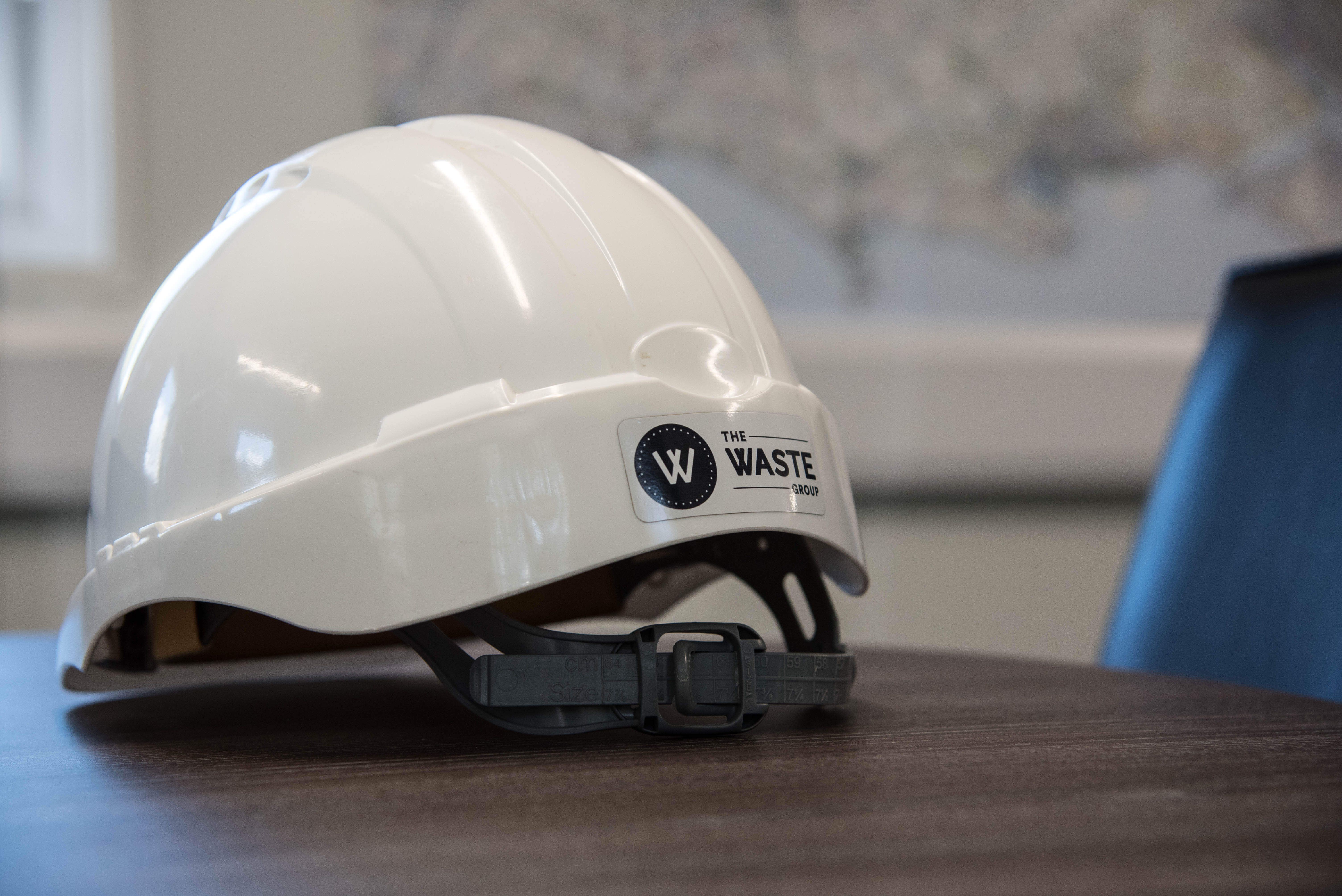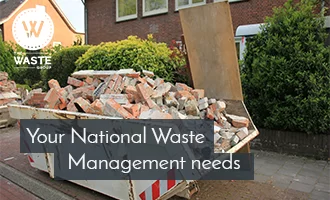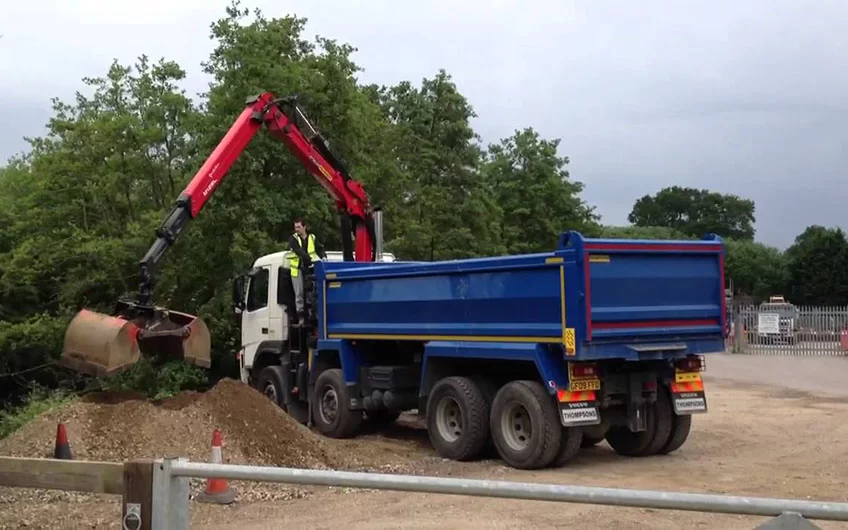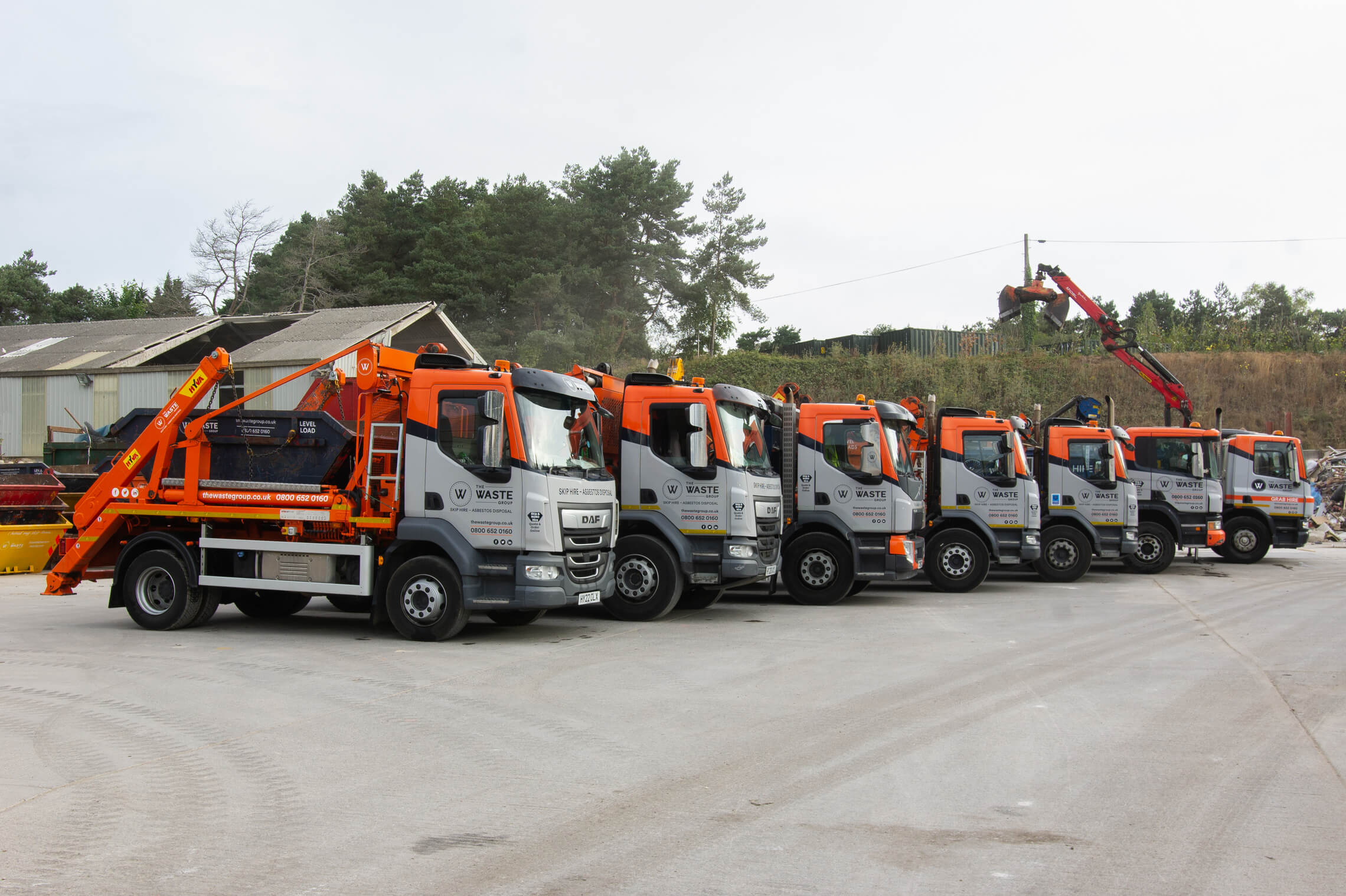What Homeowners Need to Know about Asbestos in Older Homes

The lethal nature of asbestos is well-documented. Asbestos exposure is associated with dire health risks like mesothelioma, lung cancer, and other asbestos-related diseases. That’s why, since the year 2000, the UK government has banned the use of asbestos materials in the construction industry.
But that ban was too late to protect older homes. Asbestos was widely popular as a building material in the 1970s and earlier. Its use declined in the 1980s, when reports of its deadly nature began to surface. But, if your home was built before the year 2000, it may contain asbestos. You can’t detect microscopic asbestos fibres with the naked eye, so you may be unaware of the danger surrounding you and your family.
If you suspect your home’s construction materials may contain asbestos, it’s vital that you act quickly to remove this dangerous substance. To help, we’ll cover the most common types of asbestos-containing materials and how you can detect them in your home.
Examples of asbestos-containing materials
Asbestos is fire resistant. Before its health risks were known, asbestos was considered an excellent way to help prevent house fires spreading between rooms and buildings.
It was used in insulation materials, so you’ll often find asbestos insulating walls, ceilings, and even floors and pipes. Here are some common building materials that may contain asbestos in an older home:
Asbestos loose-fill insulation
Many older homes used asbestos insulation between cavity walls and ceiling joists. Loose-fill insulation that contains asbestos appears both fluffy and solid. It has a blue or grey tinge to the colour and can sometimes look like lumps of clay.
Ceiling tiles
In an older home, you’re likely to find asbestos ceiling tiles in the dropped ceilings. These were false ceilings used to hide plumbing, most often in a kitchen, back kitchen, or bathroom. It’s hard to distinguish asbestos tiles from other types, as most ceiling tiles have similar sizes, shapes, and textures.
Asbestos insulation board
Identifying asbestos insulation board is tough, because it appears in various building materials. These boards also contain different amounts and types of asbestos, meaning they don’t necessarily look the same. Plus, they’re easily painted, so they can appear in almost any colour or finish.
Roofing materials
Asbestos roofing materials could be in corrugated or flat sheets. They’re often pock-marked with little craters on the surface of the tiles. Sometimes, you’ll see older homes extended with an asbestos cement roof.
Asbestos floor tiles
Older (pre-1980s) vinyl floor tiles often contained asbestos. They look almost identical to linoleum and plastic floor tiles, so it’s nearly impossible to identify them without the help of a trained professional.
Asbestos thermal insulation
In its heyday, asbestos was considered an excellent thermal insulator, so you might find it plastered around old pipes in your home. But, because it was mixed with other materials like calcium silicate, it might be hard to identify it as asbestos.
How to identify asbestos
We’re often asked, “What does asbestos look like?” But asbestos fibres can appear in many forms and in a range of building materials. The unpleasant fact is that if your home was built before 2000 – and especially if it was built before the 1980s – it may contain asbestos.
Asbestos-containing materials have been around since the 1880s, so Victorian homes and even Georgian or Regency homes that underwent renovations in the mid-1900s are not immune.
If you suspect materials in your home may contain asbestos, you need to work with a trained asbestos professional. UK asbestos regulations require you to use certified asbestos removal experts to handle it, and your asbestos waste must be sent to a dedicated waste management facility.
How to check for asbestos-containing materials
The only safe way to check for asbestos is to pay for professional testing. Asbestos abatement professionals are specially trained to identify, contain, and remove dangerous materials. They wear protective clothing that eliminates the risk of inhaling asbestos fibres.
While they’re removing the asbestos from your home, these trained professionals will collect asbestos samples for testing. That way, you’ll know exactly what type of asbestos was present in your home.
Please don’t attempt a DIY asbestos removal. It’s not only illegal, but it’s also incredibly dangerous and can lead to devastating consequences. Instead, call The Waste Group. We’ll rid your home of lethal asbestos so you can breathe easily, knowing you and your family are safe.



